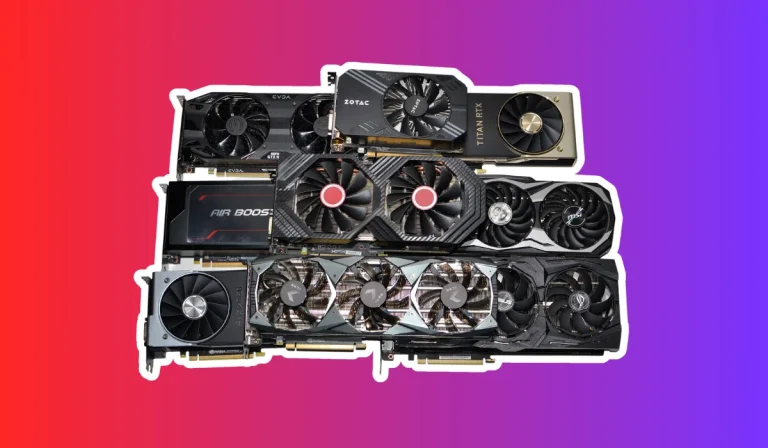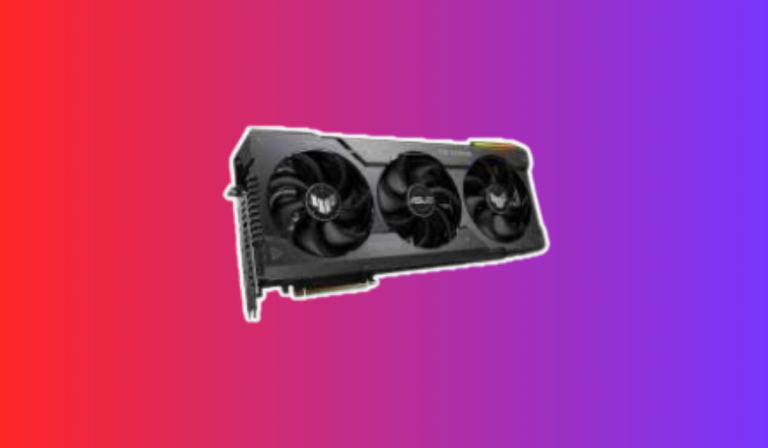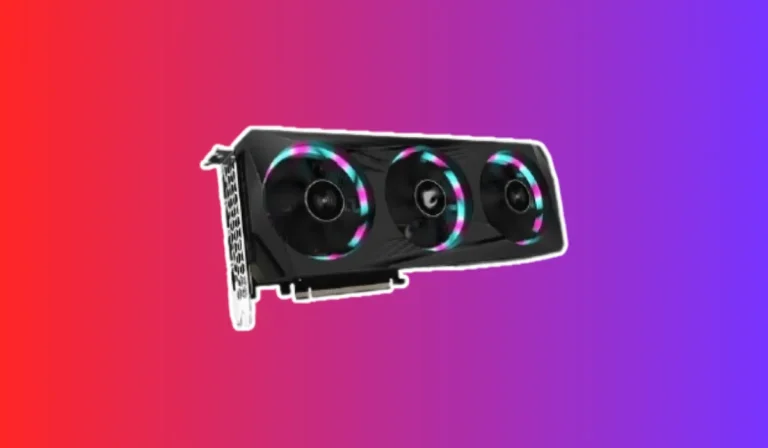How much GPU memory is required for deep learning?
Have you ever wondered how deep learning models train on massive datasets to achieve remarkable results? Well, a crucial factor in this process is the GPU memory. With the growing popularity of deep learning, understanding the impact of GPU memory requirements is essential for efficient training.
Factors Influencing GPU Memory Requirements
Model Complexity
The complexity of the deep learning model plays a significant role in determining GPU memory requirements. Models with a higher number of layers, parameters, and connections tend to demand more memory.
Complex architectures like convolutional neural networks (CNNs) used in image recognition tasks or recurrent neural networks (RNNs) used in natural language processing often require larger GPU memory to store and process the vast number of parameters and activations.
Dataset Size
The size of the dataset used for training also influences the GPU memory requirements. Larger datasets with high-resolution images or extensive text corpora require more memory to hold the input data during training. It’s essential to consider the dataset size when estimating the GPU memory needed to avoid memory overflow or insufficient space for processing the data.
Batch Size
The batch size is another critical factor affecting GPU memory requirements. The batch size refers to the number of samples processed at once during each iteration of training. Larger batch sizes can lead to more efficient GPU utilization, but they also require more memory. Finding the right balance between batch size and available memory is crucial to ensure smooth training without memory constraints.
Overcoming GPU Memory Constraints
Data Parallelism
Data parallelism involves splitting the training data across multiple GPUs, allowing each GPU to process a portion of the data simultaneously. By distributing the workload, data parallelism reduces the memory burden on individual GPUs, enabling you to train larger models or use larger batch sizes without exceeding GPU memory limits.
Model Pruning
Model pruning involves removing unnecessary connections or parameters from the deep learning model, reducing its memory footprint. Through careful analysis, you can identify and eliminate redundant or less influential connections, thereby reducing memory requirements without significantly sacrificing model performance.
Gradient Checkpointing
Gradient checkpointing is a technique that trades off computation for memory. Instead of storing the complete forward pass information during backpropagation, gradient checkpointing selectively recomputes certain portions of the forward pass to reduce memory usage. This approach allows you to train deeper models or use larger batch sizes within the available GPU memory.
Best Practices for Efficient GPU Memory Usage
Memory Management
Efficient memory management is crucial for maximizing GPU memory utilization. It’s recommended to minimize unnecessary memory allocations and deallocations during training. Reusing memory buffers whenever possible and avoiding redundant memory transfers between CPU and GPU can significantly reduce memory overhead.
Memory-Efficient Architectures
Choosing memory-efficient network architectures can help reduce GPU memory requirements without compromising performance. For instance, using depth-wise separable convolutions in CNNs or employing attention mechanisms in RNNs can lead to more compact models that require less memory.
Memory Profiling Tools
Utilizing memory profiling tools can provide insights into the memory usage of your deep learning model. These tools help identify memory-intensive operations or layers, allowing you to optimize memory allocation and reduce unnecessary memory consumption.
FAQ’s
1. Is there a fixed amount of GPU memory required for all deep-learning tasks?
No, the GPU memory requirement varies depending on factors like model complexity, dataset size, and batch size. It is not a fixed amount and can differ from one task to another.
2. Can I train deep learning models with limited GPU memory?
Yes, it is possible to train deep learning models with limited GPU memory.
3. Will larger models always require more GPU memory?
Generally, larger models with more layers and parameters tend to require more GPU memory.
4. Does the dataset size impact GPU memory requirements?
Yes, the size of the dataset used for training can impact GPU memory requirements.
5. Can I estimate GPU memory requirements before starting deep learning tasks?
Yes, it is important to estimate GPU memory requirements before starting deep learning tasks.
Conclusion
Understanding and meeting GPU memory requirements is crucial for efficient deep-learning training. By optimizing GPU memory usage, you can train larger models, work with larger datasets, and achieve better performance. Strategies like data parallelism, model pruning, and gradient checkpointing help overcome memory constraints and enhance training capabilities.
Remember to implement efficient memory management, choose memory-efficient architectures, and utilize memory profiling tools. By following these practices, you can unlock the full potential of deep learning while making the most of your available GPU memory.





